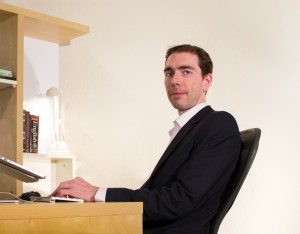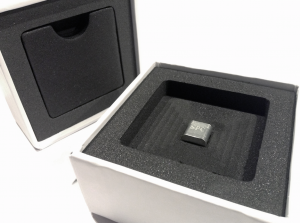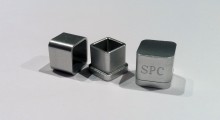Today in the second part of a two-part interview, SevenPonds speaks with Thomas Civeit, Founder and CEO of Elysium Space, an online and APP service company that provides families the opportunity to have their loved ones’ cremation ashes memorialized in space. Thomas is a space engineer whose experience includes having worked with the team on both NASA’s Hubble and James Webb telescopes. In 2003, he also worked on the Huygens Probe. In 2010, he moved to Silicon Valley to work at NASA’s Ames Center and the subsequent energy of the startup ecosystem led him to found Elysium Space.
Suzette: What does your name Elysium Space mean?
Thomas: Elysium Space is named after the Greek mythology afterlife realm, Elysium, where the righteous and the heroic remain after death to live a blessed and happy life.
Suzette: How beautiful! Are there any personal stories of a person’s cremation ashes you put into space that struck a cord with you?
Thomas: Yes there was Daniel Wilson, a 34-year-old man, who died last year, and he loved space science, astronomy, basically a space fanatic. He was the type who got up at 3 A.M. with a telescope to look at comets. His best friend Dave, who considered him a brother, started raising money in Daniel’s memory, to send kids to NASA space camp. So far he has raised enough to send nine kids to camp. Daniel’s family had Elysium Space take his cremation ashes into “the heavens” to become a shooting star. It was a very special moment for Dan’s friends and family and, given my love of space, a great story too.
Suzette: So what’s the cost to be a shooting star?
Thomas: It’s about two thousand dollars.
Suzette: That sounds like a fair price – no sticker shock. So you have an APP, that sounds so cool. Please explain how it works.
Thomas: We designed it for a family and not a technical person. Everything the size of a tennis ball or larger is now tracked in space. The APP allows the family members to see the position of the ashes in space. The spacecraft orbits for months and then about a few weeks before it enters back into our atmosphere, the family is notified. Then they can be sure to track the cremation ashes for the big moment when it becomes a beautiful shooting star.
Suzette: What about the ecological concerns of creating space pollution?
Thomas: We have many people ask about orbital pollution. NASA has strict guidelines. The spacecraft orbits many times and then enters back to earth. When it enters back into the atmosphere, the cubes of metal and ashes all burn up. There is nothing left – it all flames out.
Suzette: How often do the rockets launch and when’s your next mission planned?
Thomas: Currently once a year, but we plan on adding another mission every six months. Right now, we are looking at September as the next launch date.
Suzette: Tell us – what’s next?
Thomas: We have plans to provide lunar missions as well as Milky Way ones too. It would allow cremation ashes to be part of the solar system when they are sent to the moon or become a part of the Milky Way. Imagine that!
Suzette: Wow, quite a beautiful visualization comes to mind! Well thanks for speaking with us Thomas, it’s been a pleasure!
Thomas: Thank you too, Suzette!
Read part one of this interview here!

 Can Ashes Sent into Space Be Seen On an APP? An Interview with Thomas Civeit, Part Two
Can Ashes Sent into Space Be Seen On an APP? An Interview with Thomas Civeit, Part Two






 “Making Mobiles” by Karolina Merska
“Making Mobiles” by Karolina Merska
 “Hands Up to the Sky” by Michael Franti & Spearhead
“Hands Up to the Sky” by Michael Franti & Spearhead
 Coping With Election Grief
Coping With Election Grief














